So, today we have part two of the graphics card festivals and this time it is AMD’s turn. Today’s question: What is small, cuddly and performs almost as well as a GeForce RTX 3060 12 GB? It is AMD’s latest Navi33 scion. The child is called Radeon RX 7600 8 GB, lands in Full HD almost exactly on the same performance point as the RTX 3060 12GB and even needs a few watts less life elixir. So, in order not to double down, AMD has to go over the price, which at the time I’m writing these lines has unofficially just been lowered to 299 Euro with taxes. It is true that a GeForce RTX 3060 is already available in Germany for 269 Euros, but with only 8 GB of memory and also much slower. The comparable 12 GB models are around 320 Euros and above. And even only those are about as fast. To be fair, I have to put that first.
Important preface
Of course, as usual, there are many benchmarks, the comprehensive teardown, a very elaborate PCB and cooler analysis with some reverse engineering, as well as the analysis of the power consumption and load peaks including a suitable PSU recommendation. Since I know that many colleagues also repeat all the technical details including theory, which have already been presented in various tidbits, I’ll spare myself that today and only briefly refer to the already known data. Of course, today’s review will show how this compares to NVIDIA’s GeForce RTX 3060 12 GB and where AMD’s older 6000 cards can still compete.
NAVI33 XL in full expansion
The AMD Radeon RX 7600 relies on the Navi 33 XL GPU, i.e. the full expansion with 204 mm² in 6 nm. And it is the third and also only chip of the RDNA 3 line-up that still uses a true monolithic design. In addition, there is 8 GB of GDDR6 memory on a 128-bit bus interface. The specifications of the memory are identical to those of the NVIDIA GeForce RTX 4060 Ti 8 GB, which results in a maximum bandwidth of 288 GB/s (20 Gbps). The GPU will offer 32 compute units (CU) with 2048 stream processors, exactly the core count of the older Navi 23 GPU.
Key specs also include 32 ROPs and 128 texture units, as well as a PCIe 4.0 x8 interface, identical to the NVIDIA GeForce RTX 4060. GPU base and memory clock rates are 2250 MHz each, as well as 2655 MHz (boost), but the card will also sometimes deliver values above 2.8 GHz, depending on cooling and load. But I’ll come to that later. Otherwise, the same features apply as for the larger RDNA3 chips, up to the AV1 video encoder.
The AMD Radeon RX 7600 8 GB MBA (Made by AMD)
The small card only weighs 753 grams. The length of 20.4 cm is extremely moderate and the height of 11 cm is only slightly above normal. You don’t need a trum of cases, especially since you don’t have to use a 12VHPWR adapter, but get by with a single 6+2 pin. That this is nevertheless not completely unproblematic, I will show you in the teardown. The installation depth is about 4 cm plus the 5 mm for the backplate attachment on the back. This makes it just about a real dual-slot card.
The light metal frame is well-known and the design language of the fan, cover and slot bezel in the Radeon RDNA3 design isn’t new either. Only that everything looks richly shrunk. AMD uses a single BIOS and those who want to overclock have to use a suitable tool like Wattman. The feel is, as usual, high-quality, the cards have quite a collector’s value and look pleasantly timeless. However, you won’t find ARGB, not even for an additional charge.
You can not only plug power into the card, but also video connections. There are four of them, to be exact: three DisplayPort 2.1 and one HDMI 2.1a. A native USB port is unfortunately no longer available here.
The screenshot from GPU-Z once again shows us standard specifications of the RX 7600:
| RX 7600 |
RTX 4060 | RTX 3060 Ti | RTX 3060 | |
| Architecture | NAVI33 XL | Ada Lovelace | Amps | Ampere |
| Process node | TSMC 6nm | TSMC N4 | Samsung 8 nm | Samsung 8 nm |
| CUDA cores | 2048 | 3072 | 4864 | 3584 |
| Ray tracing cores | 32 | 24 (3rd-gen) | 38 cores (2nd-gen) | 28 cores (2nd-gen) |
| Tensor cores | – | 96 (4th-gen) | 152 cores (3rd-gen) | 112 cores (3rd-gen) |
| Base clock speed | 2.250 GHz | 1.83 GHz | 1.41 GHz | 1.32 GHz |
| Boost clock speed | 2.655 GHz | 2.46 GHz | 1.76 GHz | 1.78 GHz |
| VRAM | 8 GB GDDR6 | 8 GB GDDR6 | 8 GB GDDR6/6X | 8 / 12 GB GDDR6 |
| L2/L3 cache | 32 MB (L3) | 28 MB (L2) | 4 MB (L2) | 3 MB (L2) |
| Bus width | 128-bit | 128-bit | 256-bit | 192-bit |
| Total Graphics Power (TGP) | 162 W | 115 W | 200 W | 170 W |
With that, this first page is done and we’re slowly getting ready for the test.
- 1 - Introduction, technical data and technology
- 2 - Test system and igor'sLAB MIFCOM-PC
- 3 - Teardown: PCB, compnents and 8-Pin issues
- 4 - Teardown: Cooler and thermal grease
- 5 - Gaming performance Full-HD (1920 x 1080)
- 6 - Gaming performance WQHD (2560 x 1440)
- 7 - Latencies, DLSS vs. FSR
- 8 - Details: Power consumption and load balancing
- 9 - Transients, capping and PSU recommendation
- 10 - Temperatures, clock rate and thermal imaging
- 11 - Fan curves, noise and sound sample
- 12 - Summary and conclusion














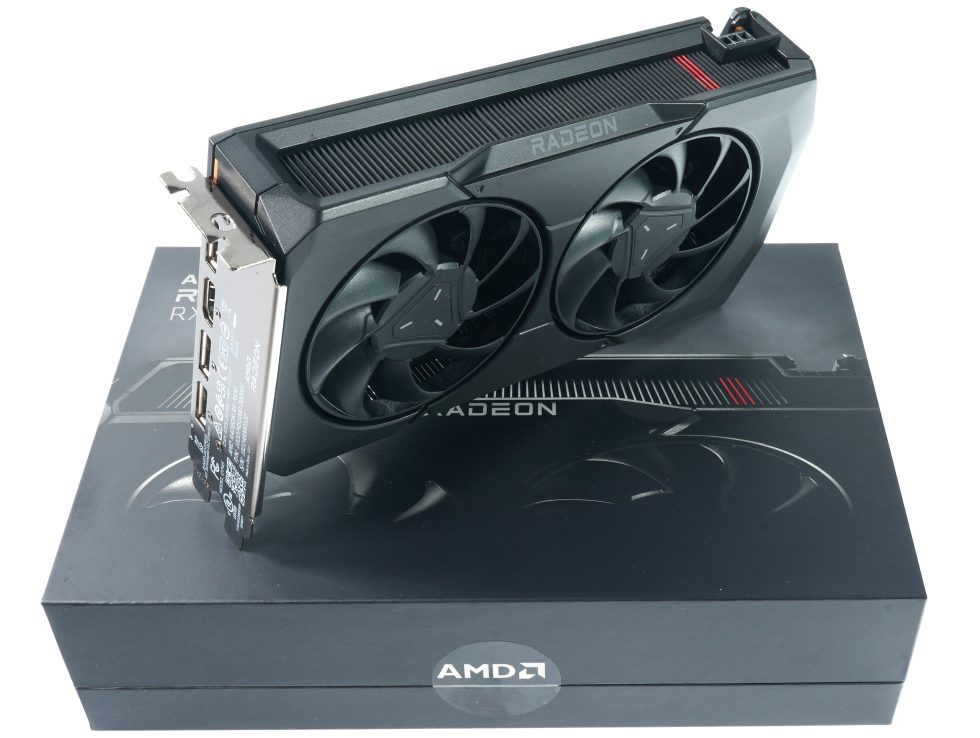
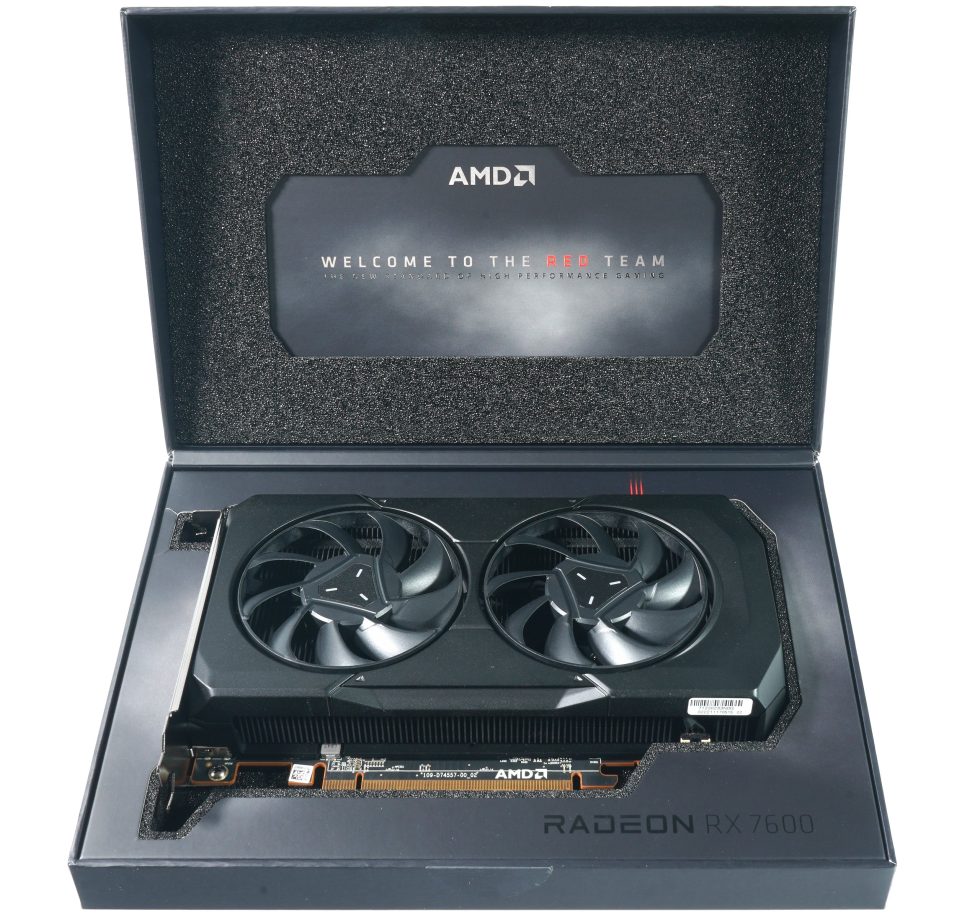
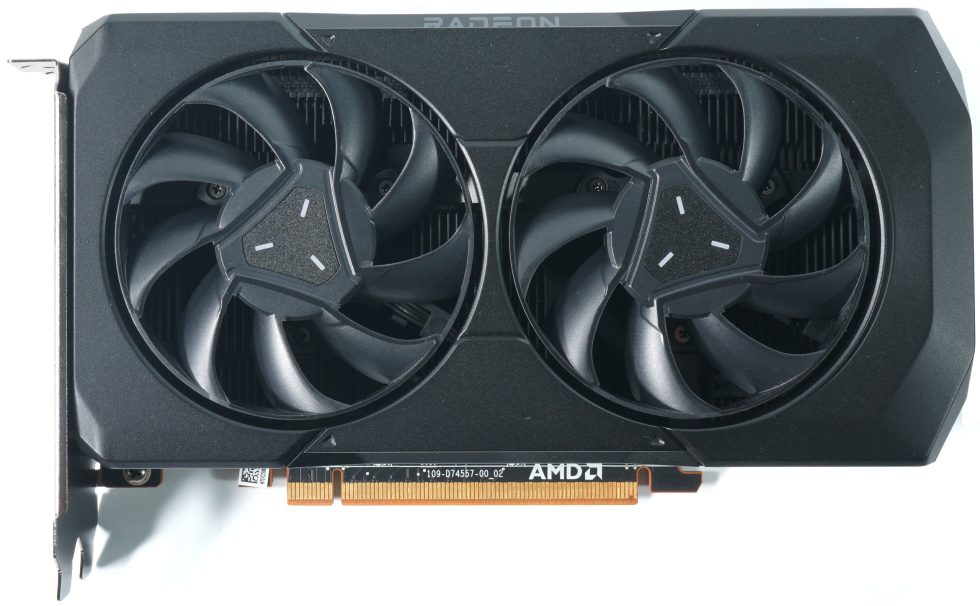
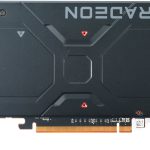
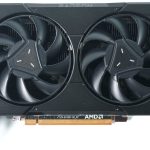
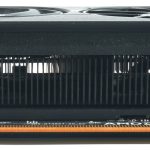
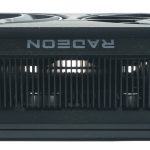
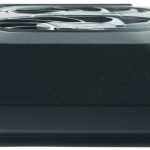
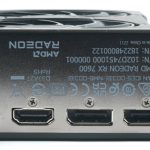
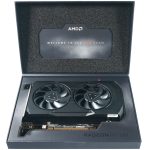
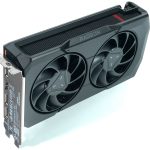
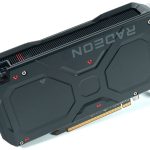
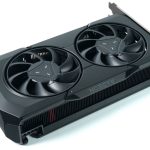
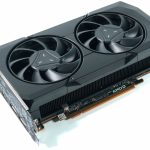
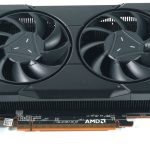
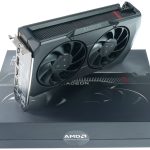
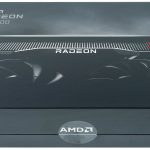
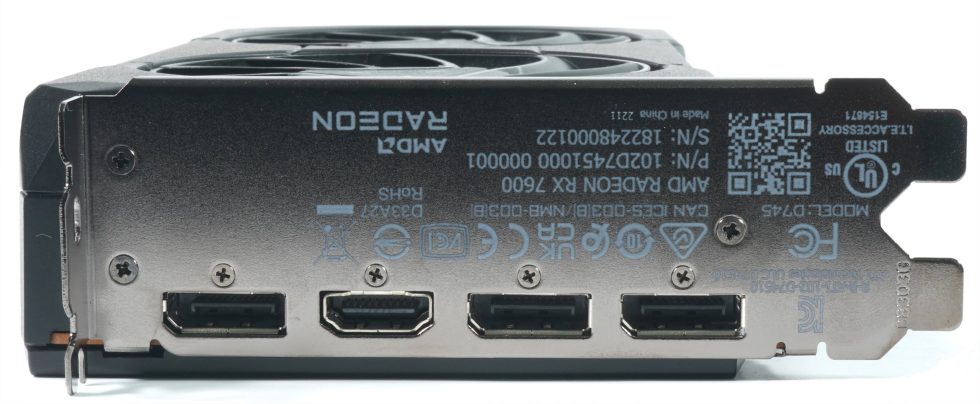
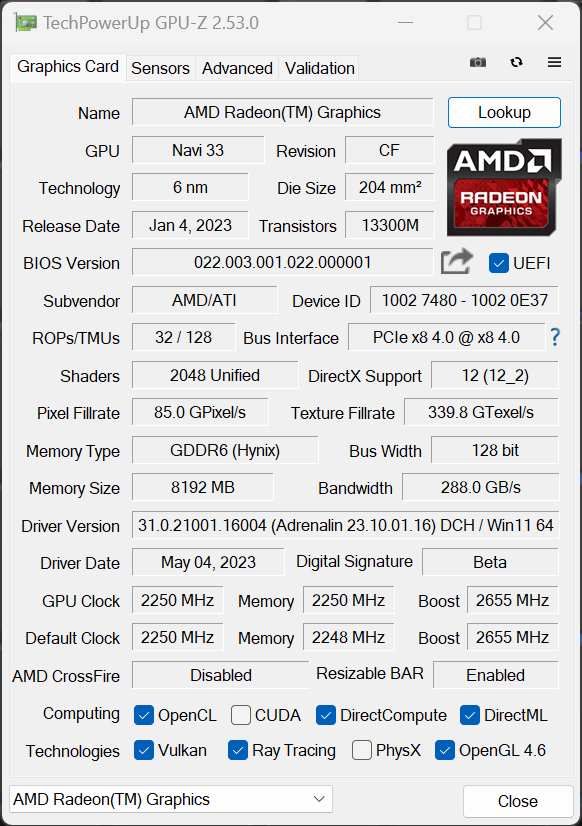



















74 Antworten
Kommentar
Lade neue Kommentare
Urgestein
1
Mitglied
Urgestein
Urgestein
Urgestein
1
1
Urgestein
1
Urgestein
Mitglied
Mitglied
Mitglied
Urgestein
Urgestein
Urgestein
Veteran
Urgestein
Alle Kommentare lesen unter igor´sLAB Community →